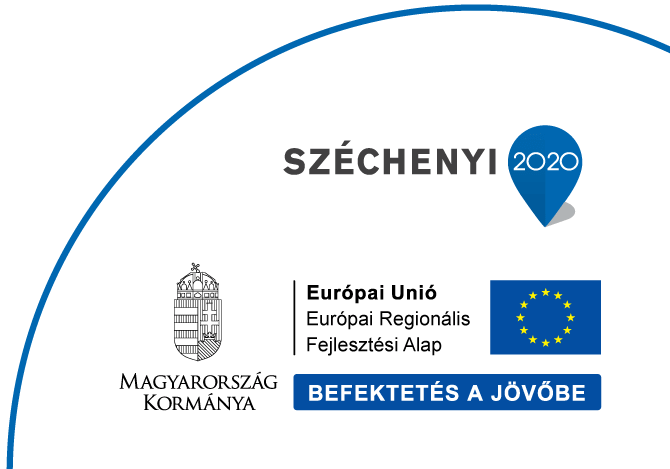The US Department of Transportation has developed and is continuously expanding its V2X Deployment Plan to foster the use of connected vehicle technologies. According to the USDOT, V2X is one of the most effective tools to achieve the Vision Zero goal of zero road fatalities. As part of this effort, the third edition of the V2X Summit was held in Ann Arbor on the University of Michigan campus, where industry stakeholders were asked for their feedback. (If you are looking for the October 2023 version of the plan, click here.)
“The industry needs to educate more, train more, and share their experiences”
– that was one of the key messages of Laszlo Virag at the panel discussion. “I encourage IOOs and cities who want to save lives, to reach out to cities that are bigger and have experience to learn from them.”
A roadmap for value creation would also be useful, and not just for the future. V2X is already creating value today, there are real problems that it can solve – said Laszlo Virag. Anyone starting a deployment with short term goals should be prepared to ensure that all the values are well understood by stakeholders. So, for example, when building a priority solution, they can be sure that later on there could be a camera or lidar based detection integrated with V2X for vulnerable road user safety.
Many other applications create additional values. V2X can be around in ten, twenty or even thirty years. From a technological point of view, it is absolutely feasible. We just need to spread the word.
The industry could also use a “cheat sheet” for deployments, a more comprehensive list of specific actions. A list of things to do and things to avoid, to ensure interoperability, security, not forgetting a good support team, maintenance and getting the deployment into the operational phase. There are such huge differences between deployments that some may not even be called deployments.

